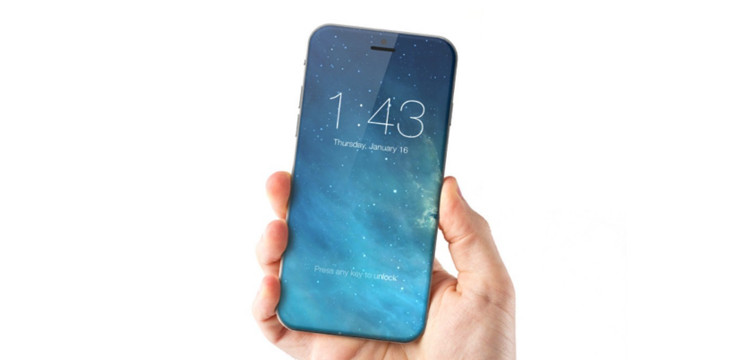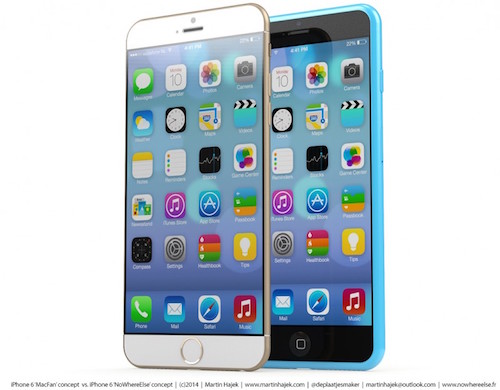Apple Will Implement iPhone AMOLED Display Technology as Early as 2019

Toggle Dark Mode
As first reported by KGI Securities Analyst Ming Chi Kuo on Tuesday, Apple won’t embrace the AMOED display technology in the company’s iPhone lineup until at least 2019.
The newest report from Kuo comes just days after he initially reported that the “iPhone 7” — said to be launching in 2016 — would utilize the AMOLED display panels as opposed to LCD, however he noted that Apple still plans to invest in advanced LCD technology to implement in iPhones for years to come.
 Kuo specifically noted that Foxconn has inked a deal with the government of Henan Province, China, to build sixth-generation LTPS TFT-LCD production lines in Zhengzhou. The plant will reportedly enter mass production in 2018. Furthermore, he reported that he’s “confident” the investment is intended as an effort to earn TFT-LCD orders for future-generation iPhones, specifically.
Kuo specifically noted that Foxconn has inked a deal with the government of Henan Province, China, to build sixth-generation LTPS TFT-LCD production lines in Zhengzhou. The plant will reportedly enter mass production in 2018. Furthermore, he reported that he’s “confident” the investment is intended as an effort to earn TFT-LCD orders for future-generation iPhones, specifically.
An additional note of interest is that Japanese supplier, Minebea — the leading provider of backlight modules for Apple’s iPhone lineup, told investors earlier this month that, “we do not foresee risk of TFT-LCD share loss to AMOLED in the high-end smartphone market.”
Minebea officials have expressed sentiments that demand for LCD panels will remain strong in the high-end smartphone market over the next three years or so.
Minebea has stated that it’s working with additional suppliers on next-generation, ultra-thin LED chips and optical sheets — innovations that are only expected to boost LCD competition with its AMOLED counterpart.
 Among factors such as production cost, supply flexibility, product life, and visibility in sunlight, LCD offers a number of advantages over OLED technology. OLED panels are known for bright colors and power consumption savings, for example, which is why Apple adopted OLED technology for its Watch.
Among factors such as production cost, supply flexibility, product life, and visibility in sunlight, LCD offers a number of advantages over OLED technology. OLED panels are known for bright colors and power consumption savings, for example, which is why Apple adopted OLED technology for its Watch.
The Apple Watch features a dark user interface, in the respect that, most screens display white text on black backgrounds. Darker UIs can definitely help stretch out battery life on OLED displays, however that advantage does not exist when using LCD panels. And therefore, without a dark user interface, an iPhone with OLED wouldn’t be able to realize the same type of power saving potential.
Another variable to take into consideration is the cost. Earlier this year, for example, a report concluded that the AMOLED panel of the Apple Watch panel is actually far more costly to manufacture than a traditional iPhone LCD display, — even despite being just 1.5 inches in diameter at its largest.
Kuo has a very strong track record in terms of predicting Apple’s future product plans; his most notable being that he was the first to report Apple’s iPad Pro would be accompanied by a pressure-sensitive stylus back in January. He also revealed in March of this year that Apple would expand its Watch lineup to include new color cases this fall, as well as dismissing the possibility of a new 4-inch iPhone in 2015.
[The information provided in this article has NOT been confirmed by Apple and may be speculation. Provided details may not be factual. Take all rumors, tech or otherwise, with a grain of salt.]






